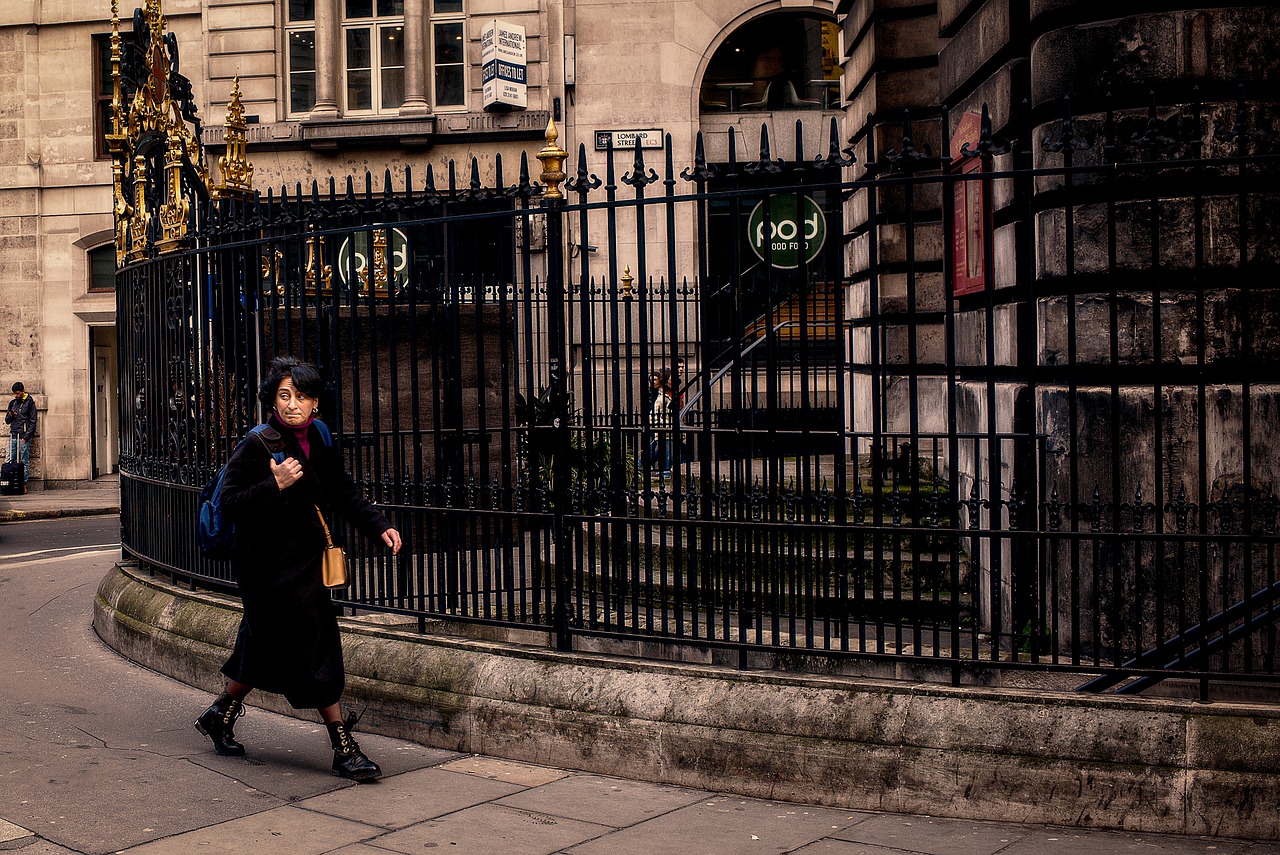The world of street photography is as fascinating as it is complex, capturing candid moments of life as they unfold in public spaces. The allure lies not just in the act of photographing but also in the possibility of sharing one’s vision with the world. However, the question of selling street photography prints without any sort of release often emerges as a cloud of confusion in this otherwise clear sky. Let’s demystify this conundrum, exploring the legal and ethical dimensions of street photography and how photographers navigate these waters while staying true to their art.
Understanding Photo Release Forms
Let’s understand the basics of photo release forms, which are pivotal in defining the boundaries of what can and cannot be done with photographs involving people, pets, and property. A photo release form, also known as a model release form, is a legal document that grants permission to publish images of the subject or their property. This form is essential when the images are used for promotional purposes, ensuring that the photographer has documented consent. The necessity of having a signed photo release form becomes particularly significant when the intention is to sell or publish the photograph in any commercial or promotional context.
The heart of street photography often beats in public spaces, where the dynamics of consent can be quite different. In most jurisdictions, anyone can take photos in a public space without needing permission from the subjects. However, selling these photos, especially if the subjects are recognizable, introduces a nuanced legal and ethical landscape. The general understanding is that except for photojournalism, a model release is typically required to sell recognizable images of people. This requirement stems from respect for individuals’ privacy and rights over their own likeness.
Artistic Expression vs. Commercial Use
The practice of selling street photography as art creates a unique exception. Artistic expression is not boxed in by the same constraints that govern commercial or advertising uses. As highlighted in discussions among photographers, selling photographs as art does not traditionally fall under the definition of commercial use. This distinction allows street photographers to sell their work without stepping into the murky waters of copyright infringement or violating privacy laws, as long as these images are not used to directly promote products, services, or ideas.
It’s important to note that the realm of street photography isn’t free from ethical considerations. The act of capturing and selling moments from someone’s life, especially without their explicit consent, raises questions about the photographer’s moral compass. While the law might provide a framework for what is legally permissible, it is the individual photographer who must navigate the ethical implications of their work. This means considering the impact of their photographs on the subjects and weighing the artistic merit against potential harm or discomfort these images might cause.

Moreover, the landscape of street photography and its marketability is continually evolving. With the rise of digital platforms and social media, the visibility and reach of photographic art have expanded exponentially. This increased exposure brings its own set of challenges and opportunities for street photographers looking to sell their work. Navigating copyright laws, understanding the nuances of model releases, and staying informed about changing legal and ethical standards are all critical to success in this field.
Balancing Legal and Ethical Responsibilities
The interplay between legal requirements and ethical considerations forms the cornerstone of selling street photography. Photographers must arm themselves with knowledge and stay aware of their responsibilities towards their subjects and the broader community. While the path might seem fraught with legalities and moral dilemmas, it also offers an opportunity to engage in meaningful dialogue about the boundaries of art, privacy, and public space.
It is this dialogue that enriches the practice of street photography, ensuring that it remains a vibrant and respected art form. By balancing the desire to share and sell their work with the need to respect the privacy and rights of their subjects, street photographers can navigate this complex landscape with integrity and respect. As the field continues to evolve, ongoing education and ethical consideration will be key to maintaining the delicate balance between artistic freedom and responsible practice.
Related posts:
When to use a photo release form
How can street photographers sell their work, legally and ethically?
Street Photography: The Dos and Do Nots of Model Releases





